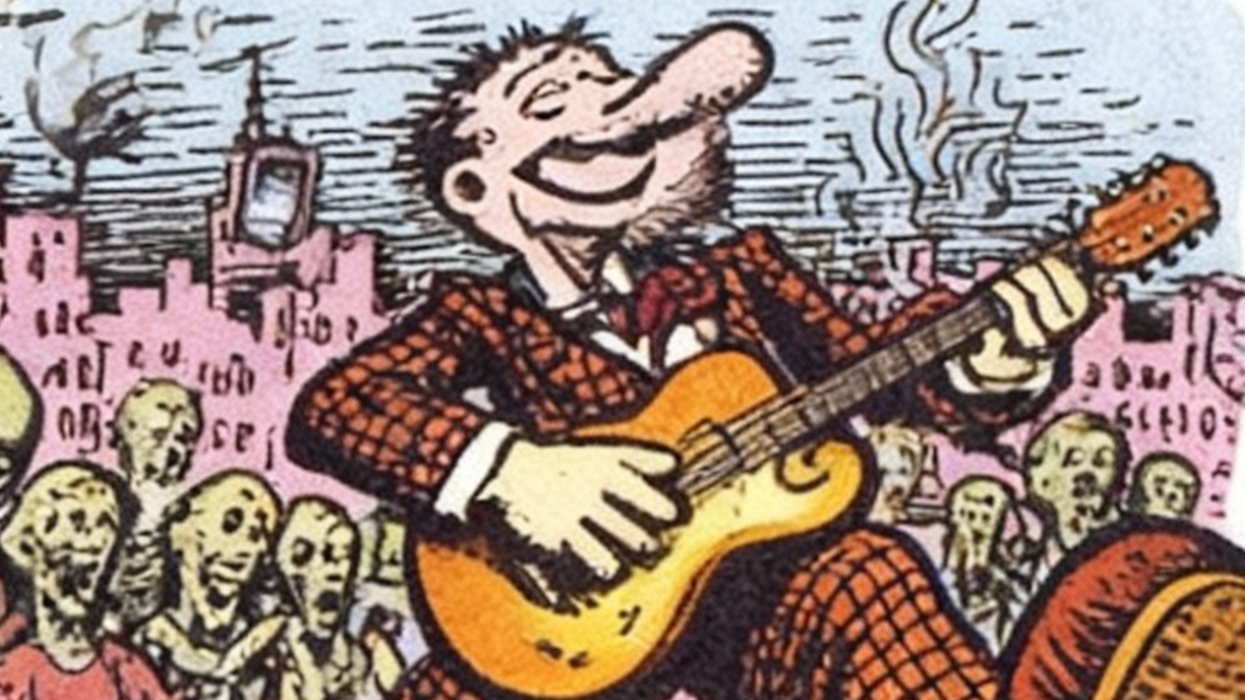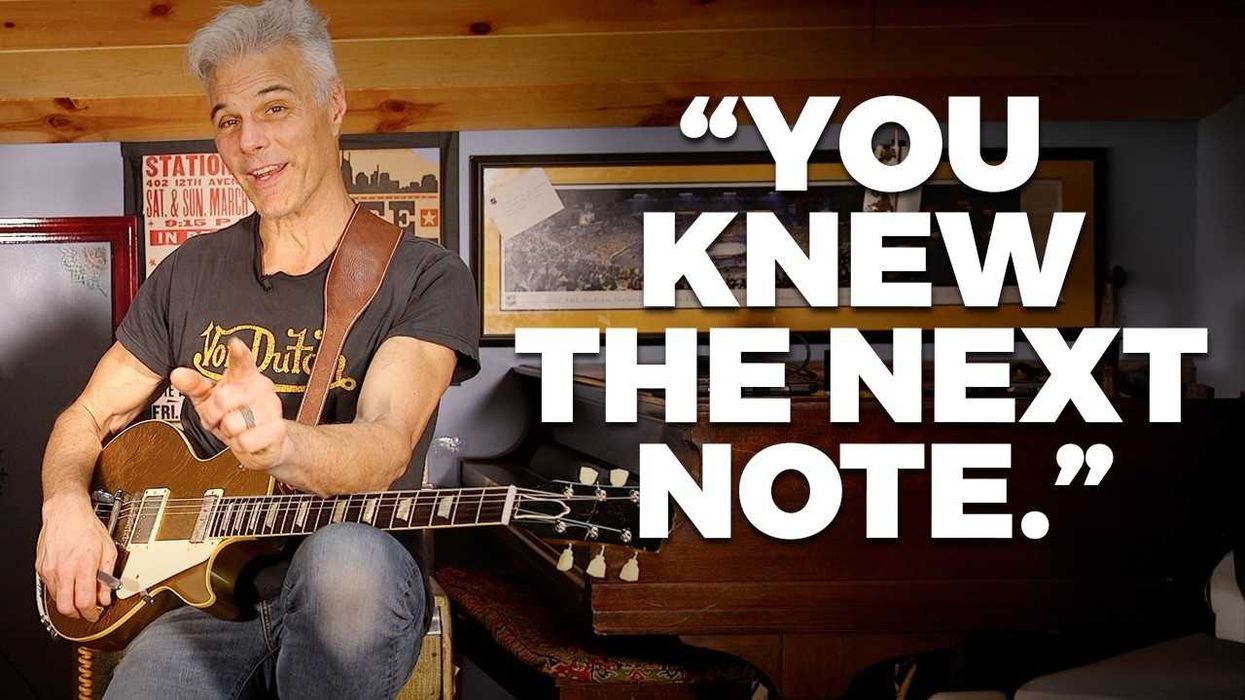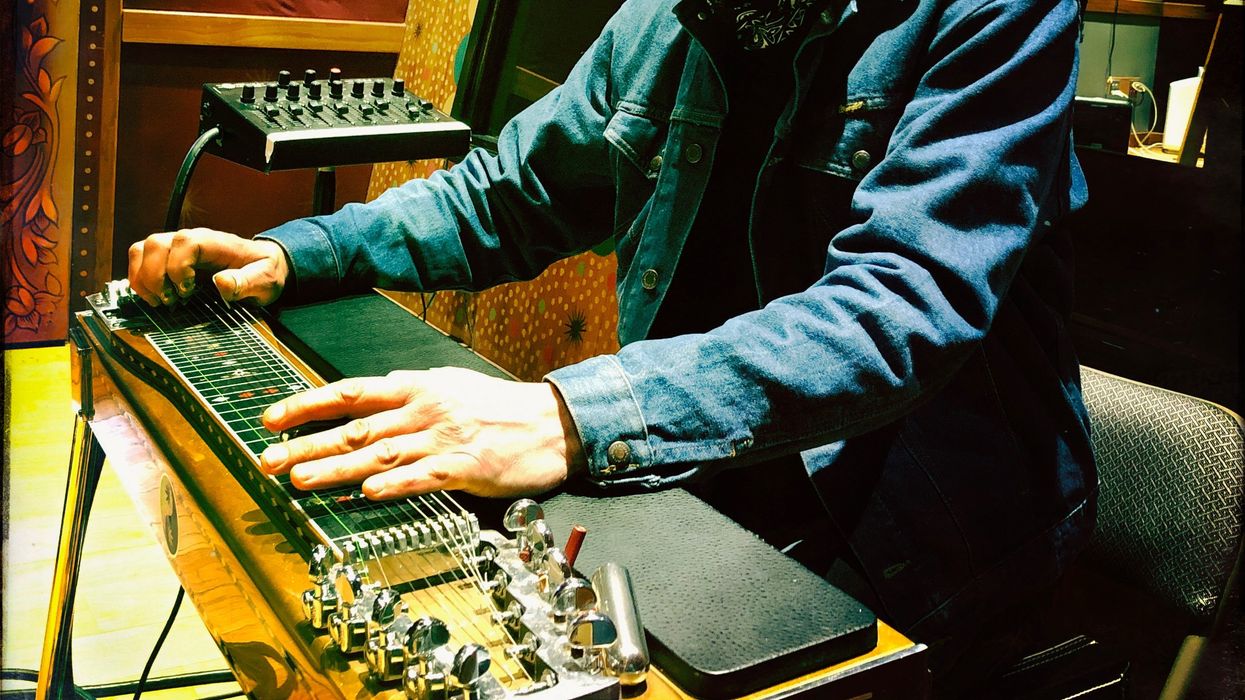Have you ever stopped to consider the incredible variety of ways we speak throughout the course of even the most average of days? When your main squeeze rolls over in the wee hours of morning, catches a glimpse of the alarm clock, and nudges you to say you’ve overslept, you might croak some garbled utterance from the depths of a twisted, not-really-conscious haze. Thirty minutes later, you’re fully awake (if still groggy and in need of coffee) and gently whispering some sickeningly sweet, possibly silly, or graphic farewell in the ear of the nudger (who doesn’t have to get up early). While riding your bike to work, you might unabashedly croon along with the tunes coming through your earbuds, and then—within an instant—scream at some apparently blind driver who almost ran you off the road.
Your Monday-morning “water-cooler” conversation with a group of straitlaced work acquaintances might find you raving in measured but enthusiastic tones about a highlight from the weekend. “Oh my gosh, you guys, I finally started watching Westworld over the weekend, and it’s so great!” Meanwhile, in a private chat with a close work friend, the same idea might be conveyed more raucously: “I finally sat my ass down and threw on Westworld last night, and you were right—that shit is fuckin’ intense!”
Early that evening, at your grandparents’ 75th wedding anniversary, you greet longtime friends of Grams and Gramps more formally. “Hi there, it’s wonderful to meet you—thanks so much for coming!” Afterward, you and your better-rested significant other finally make it to that concert you’ve been looking forward to, and your main squeeze introduces you to an old friend you happen to have run into. The exchange might be something as simple as a shouted, “’Sup”—or perhaps even just a nod acknowledging the futility of small talk amidst the din of chiming Rickenbackers and clattering drums. Later, in the even wee-er hours of morning, more intimate exclamations exchanged under cover of darkness might be both primally unintelligible (yet still full of meaning) and shockingly out-of-character—in either extreme—to anyone outside that relationship.
Thinking about why we communicate in such starkly contrasting ways, often on a dime, can be an insightful exercise for musical development. Looking at the micro basics of everyday life can re-center our thinking, expand our awareness, and teach us useful lessons that can be carried over to our playing and songwriting.
Looking at communication dynamics, you realize that, depending on who we’re talking to, we’ll alter everything from word choice to pronunciation, how carefully we enunciate individual sounds, how loudly we say it all, and the amount and range of pitch variation—not just within a sentence, but within a single word or phrase.
And then there’s setting: All of those same speech characteristics get modified yet again based on things like location and medium (e.g., in person versus phone or Skype), who’s within earshot, and how consequential the topic is. Other factors that can completely alter the complex calculus include whether the participants have similar or contrasting belief systems or political philosophies, what social, cultural, and/or professional hierarchies might be at play, and the conversationalists’ moods at the time of the conversation.
So how do we translate these observations about the most common, nuanced, and meaningful means of human interaction to our art?
That’s entirely up to you. I’m simply positing that it’s worth stepping off the default trains of thought that we find ourselves on during our daily routines and making the effort to analyze and appreciate the beautiful, all-too-overlooked little wild ecosystems of our interpersonal relationships. The closer we look, the more captivated we’ll be by the invisible forces at play—captivated enough to start taking mental snapshots of the textures and tonalities, the poignance of breathing pauses, and the in-the-moment-ness of it all. And when you pick up your instrument to write or improvise or explore, try flipping open your new aural/emotional photo albums and seeing what you can do with the musical tools at your disposal to create a world of wonder as uninhibited, naked, and vivid as the connections in your everyday life.













![Rig Rundown: Russian Circles’ Mike Sullivan [2025]](https://www.premierguitar.com/media-library/youtube.jpg?id=62303631&width=1245&height=700&quality=70&coordinates=0%2C0%2C0%2C0)




